Subscribe to our joint NEWSLETTER for
EUTROPIAN &
COOPERATIVE CITY MAGAZINE

With a population exceeding 15,000, the city of Szarvas is located in the south-east of Hungary, in the Great Hungarian Plain upon the Körös River, 170 km (106 mi) southeast from Budapest. Highways 44 and 443, and the Mezőtúr-Orosháza-Mezőhegyes railway line also cross the town. The geographic centre of Hungary was near Szarvas in the beginning of the 20th Century; a memorial in a windmill shape now marks that location in a park on a bank of the Körös River across from the Arboretum.
It is the defining cultural center of the region and an important tourist destination. Historically, the city was already a permanently inhabited area in prehistoric times. A significant urbanization process took place from the first half of the 19th century onwards, however agriculture is also a determining factor to this day.
The city center plays a central role in the life of Szarvas in terms of both administrative, cultural and social institutional functions, as well as business services, in addition to that, tourist attractions are also concentrated here. It is an area of mixed nature and condition from the point of view of cityscape and architecture, due to the urban rehabilitation interventions of the recent period, the area has been partially renewed, but it still has underutilized areas and building complexes.
The local government of the city of Szarvas gives priority to the integrated development of the city center, in which, in addition to the renewal of public spaces and the development of service functions, the preservation of a unified image of the settlement also plays an important role. For this reason, much of the city center area is under local protection.
There is a lack of a cultural gathering place for young people in the city, a community area where, after or in addition to their school activities, they can spend leisure time together in a cultured way. A music venue for a variety of needs, including a concert venue, opportunities for amateurs (competitions, talent search, “open mic” events), jamming, completed with outdoor games and a buffet. Szarvas is a school town with several primary and secondary schools and two higher education institutions. Many students are unable to experience a social community nowadays, as an abundance of home gatherings and computer gaming cannot be an alternative to a real community encounter. There are currently suitable vacant properties in Szarvas. One of the most suitable for this purpose is the Granarium Zebra Club and the empty building and courtyard behind it.

The planning area is located in the western part of Szarvas, in a highly frequented area, in the surroundings of the Lutheran Old Church, the Parish, the Tessedik Museum and the renovated Kossuth Street. This area is a frequented location of the city, which is characterized by a bustling activity and cultural richness during the numerous city events. There is a mixed zone in the immediate vicinity. Typically, it is an institutional, educational, cultural, religious and family housing zone.
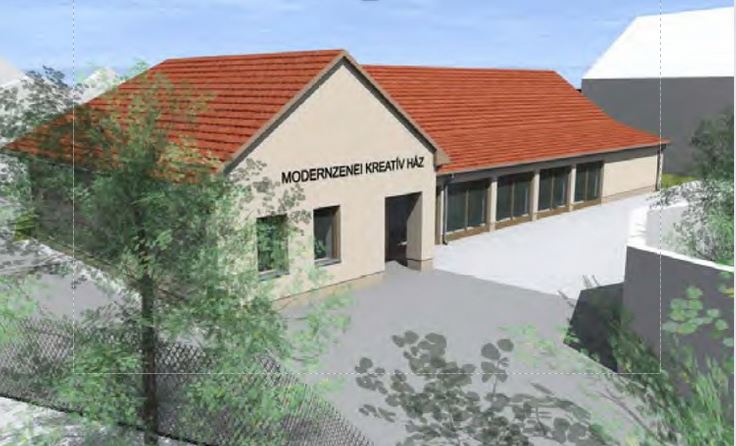
The property to be developed is located next to the already presented cultural heritage site, the Granarium – one of the most emblematic buildings of the city center.Built 1827, it has been home to one of the country’s most prestigious youth clubs since the 1990s.-
The area is owned by the city and has a large garden and a building in need of renovation regarding to the new function of which was determined during the AGORA project.
Based on the features of the district’s functions and the live music club already operating next door, the designated development direction is aimed at young people.
The city would like to provide a location where they can assess what they have talent for and find means of cultivating this talent. The location, technical background, equipment and mentoring will be provided.
According to the already existing technical documentation, a creative-cultural industrial incubator house could take care of this function in the future.
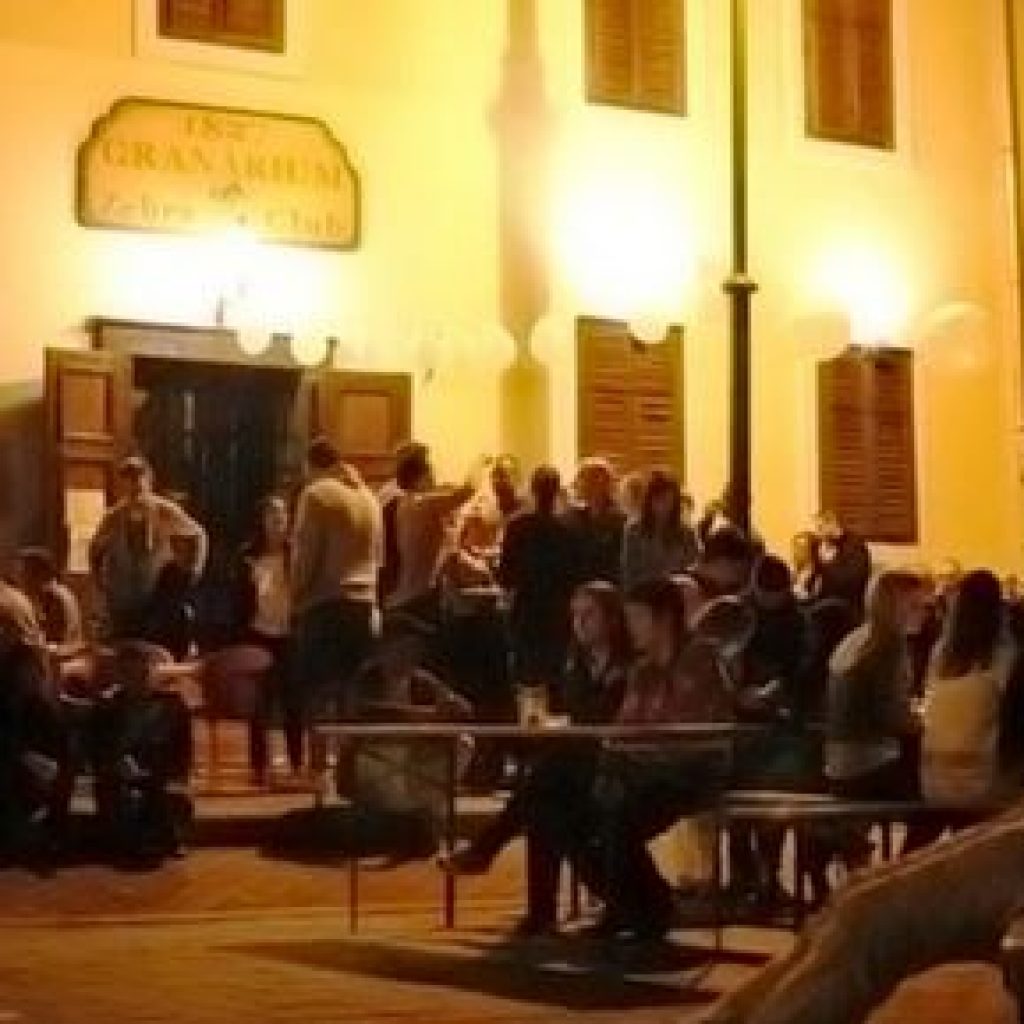
There are currently no public spaces available in the city that could facilitate the the quality of spending leisure time. There is a lack of infrastructure that provides space for creative activities, relationship building, and community cultural initiatives. In the absence of these, community cohesion, which could greatly help young people to satisfy their cultural needs, thereby making them feel even more at home in the city can not be strengthened.
There are buildings available in the city that are currently underutilized and could provide a venue for community and cultural functions that support the city’s efforts to retain population and improve liveability. The purpose of the developments goes beyond the locations designated in the project, they can be included in an integrated framework that can bring new development impulses through the transformation of usage of space, primarily covering the city center. In addition to facility development and functional expansion, another goal is to create a planning and development environment in the city that points towards closer integration and cooperation of a wide and varied range of stakeholders.
Take a walk trough Szarvas and get to know the pilot project areas.
Objective 1: Improve the livability and population retention capacity of Szarvas thrugh development of communal spaces in underused buildings.
The quality of life of people living in the city is determined by other factors besides the socio-economic status. Among these, quality leisure time plays a prominent role. The planned developments aim to provide a framework for these goals by targeting the functional expansion development of currently vacant or underutilized buildings. The developments do not merely provide a venue for cultural activity, but are aimed at creating an inspiring environment, the content of which is partially based on the initiatives of the communities that use these spaces.
The actions to be taken in this regard would be:
Objective 2: Integrate the interventions for AGORA areas into a broader context, providing new impulses for urban regeneration
The empty and underutilized buildings of the city center represent great value both in terms of their location and their architectural characteristics. The rehabilitation and revitalization of the city’s inner area has been part of the development priorities of Szarvas for a long time. The developments planned in the framework of the project can be connected to the broader urban development goals in several ways. They can serve as a model for function-enhancing investments that target other, underutilized buildings and areas in the city. The planned developments can also play a role in creating a new model of usage of space in the city center that can encourage further investments from the for-profit sector as well.
The actions for this objective to be taken are:
Objective 3: Promote participation of local stakeholders in the planning and decision-making process of urban development
In the planning and implementation tasks relating to urban regeneration, it is crucial that the widest possible range of stakeholders is interested in participation. If the development interventions are aimed at increasing the level of livability and quality of life, it is essential to assess community needs and ensure that the primary stakeholders have a role in decision-making. In the case of the implementation of the developments planned in the AGORA project, as well as the operation of community spaces, community involvement plays a prominent role.
The actions to meet the goals of this objective are:
Following the methodology of the AGORA project, several workshops were held, during which all relevant target groups were involved in the possible development sites selection phase. When designing the functions, it was also important to ask the opinion of the target group, so during an open day, local youngsters could visit the building with more than a hundred persons and make suggestions.
Despite the pandemic situation, all events were held in person, which enabled more efficient planning. Based on the feedback, the stakeholders still want to participate in the urban development works, which in the case of the AGORA project, was judged highly positively.
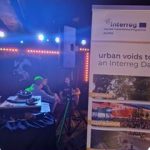
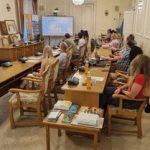
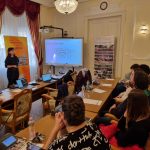
The club considers “A Klub”, founded in 1989 at the dawn of the democratic change, to be its predecessor; here the “A” referred to the word “alternative”, thus indicating that the club wanted to deviate from the mainstream of the time in terms of both its cultural and musical programs, although the founders of the club may not have been aware of this at the time word. The essence was rebellion, and helping the energies inherent in youth surface and encouraging them to create.
– the first in Europe – started secondary practical economic training for young people in 1780 in the Practical Economic Diligence School. From October 2011, it continues to operate as the Tessedik Campus of the Faculty of Economics, Agriculture and Health Sciences of the Szent István University and nurtures the traditions of the 270-year-old agricultural education in Szarvas.
Owned by the city, it is responsible for the expansion of the city’s programs and tourist offers. During the summer season, tourist accommodations are fully occupied.
Originally was founded in 1985., its members feel it is their duty to help the development and beautification of the city. They think together with all those who can do something for the city. They form their position on matters to be decided with responsibility and with the involvement of specialists. Their professional preparation and experience can be utilized in the development process of Szarvas.
| Cookie | Duration | Description |
|---|---|---|
| cookielawinfo-checkbox-analytics | 11 months | This cookie is set by GDPR Cookie Consent plugin. The cookie is used to store the user consent for the cookies in the category "Analytics". |
| cookielawinfo-checkbox-functional | 11 months | The cookie is set by GDPR cookie consent to record the user consent for the cookies in the category "Functional". |
| cookielawinfo-checkbox-necessary | 11 months | This cookie is set by GDPR Cookie Consent plugin. The cookies is used to store the user consent for the cookies in the category "Necessary". |
| cookielawinfo-checkbox-others | 11 months | This cookie is set by GDPR Cookie Consent plugin. The cookie is used to store the user consent for the cookies in the category "Other. |
| cookielawinfo-checkbox-performance | 11 months | This cookie is set by GDPR Cookie Consent plugin. The cookie is used to store the user consent for the cookies in the category "Performance". |
| viewed_cookie_policy | 11 months | The cookie is set by the GDPR Cookie Consent plugin and is used to store whether or not user has consented to the use of cookies. It does not store any personal data. |
